The small state of Bahrain is made up of an archipelago, whose largest island (of the same name) is barely 55 kilometers long and 18 kilometers wide. It is located in the Persian Gulf off the coast of Saudi Arabia, a country with which it is now connected by a 26-kilometre bridge.
In ancient times it was an important commercial enclave, located on the sea route that linked Mesopotamia with the Indus Valley, and Sumerian mythology placed there a civilization called Dilmun that cuneiform tablets describe as a virgin and pristine land , a paradise where the hero Gilgamesh arrived to verify that there were no diseases and that people did not age. This Sumerian account of the paradisiacal garden of Dilmun could have been one of the inspirations for the well-known story of the Garden of Eden .
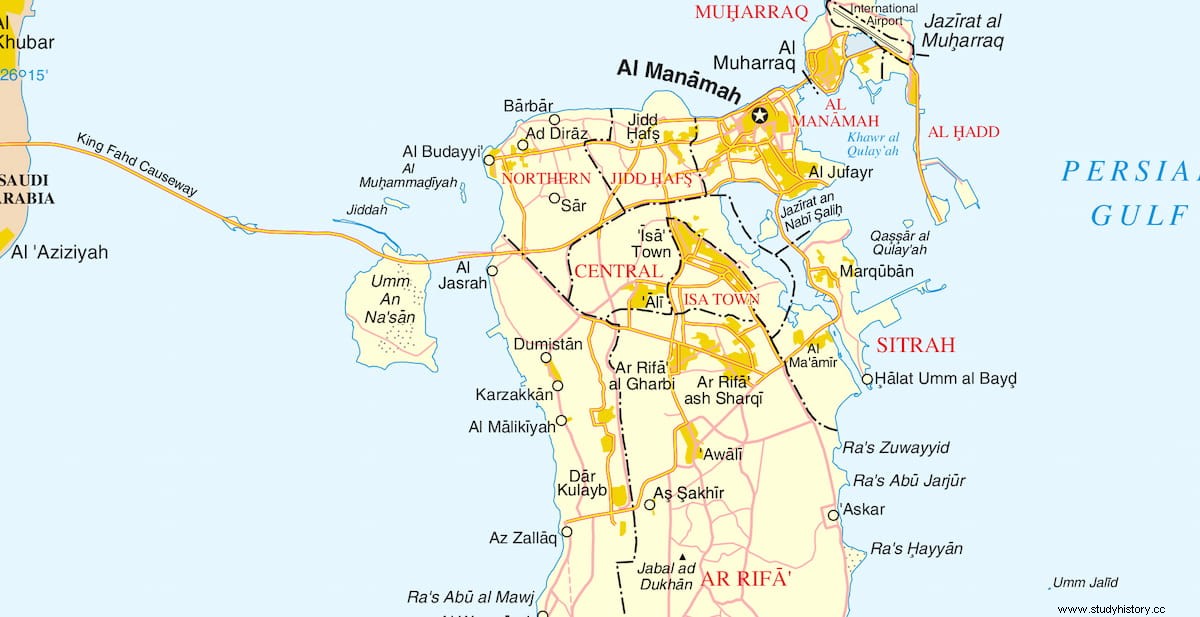
But that civilization only appeared in mythological accounts, no trace of it had been found in Bahrain. Until in 1954 a Danish archaeologist named Peter Vilhelm Glob discovered the ruins of an ancient temple in the town of Barbar, located north of the main island, between Diraz and Jannusan.
The excavations, which began that year and lasted until 1962, discovered that there were actually three superimposed temples. Not only that, but the oldest of them all dated back to around 3000 BC, approximately 500 years before the pyramids of Egypt.
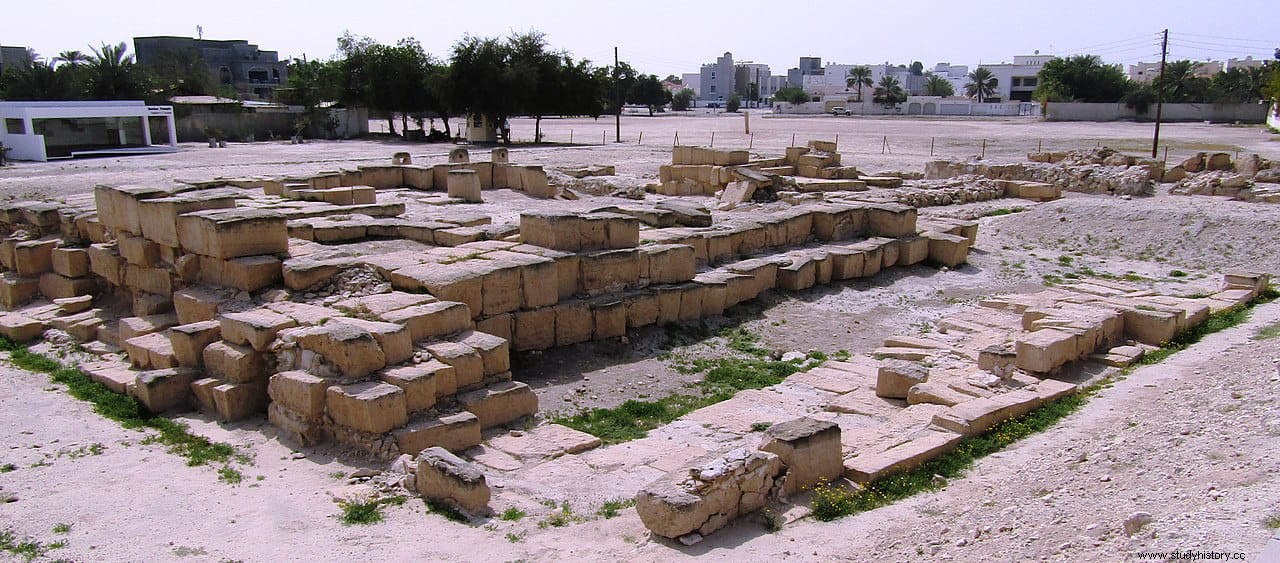
The three temples were successively built one on top of the other. The second was built about 500 years after the first, and the third and last around 2100-2000 BC. They were all made from limestone blocks carved from Jidda, a small islet to the west of Barbar.
The oldest was built on a rectangular platform 25 meters long by 18 wide, and in its foundations dozens of clay cups were deposited as offerings, which were found in several separate groups, seven by seven, and numerous objects from copper.
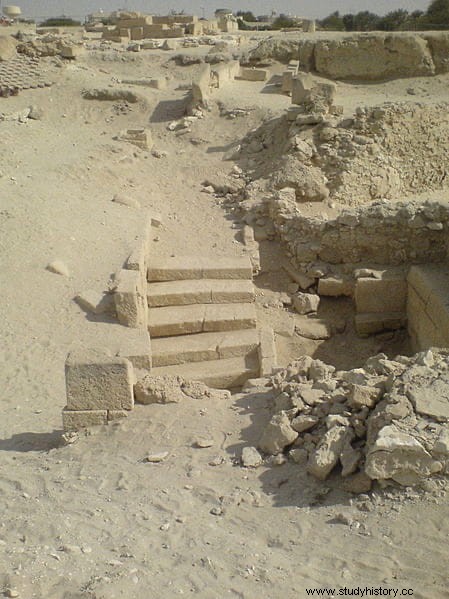
In the excavation of the site, many tools, weapons, ceramics and small pieces of gold were also found, which are now exhibited in the Bahrain National Museum.
The temple had an underground sanctuary reached by stairs in the southwest corner, and a central terrace two meters high that was found intact. In the center of this terrace there was a trapezoidal sanctuary and several rooms around it.
Water worship ceremonies were held here, present through a spring that filled the pool of the sanctuary and entered through a perforated stone jar next to a semicircular basin. Deep stone channels then redistributed the water from the temple to the surrounding fields and gardens.
The underground sanctuary would be an Apsu dedicated to Enki, the god of wisdom and fresh water, and his wife Ninhursag. Enki was the creator of mankind and inhabited Apsu , a place in the depths of the Earth, where the primordial waters flow .
Precisely the myth recounted in the cuneiform tablets, such as the famous Flood tablet, explains how Enki blessed the paradisiacal land of Dilmun, caused water to flow and ships from many places to carry gold and precious stones and other merchandise to the city of Dilmun .
It is also there that the summary Noah of the deluge, the hero Ziusudra, is taken to live eternally.
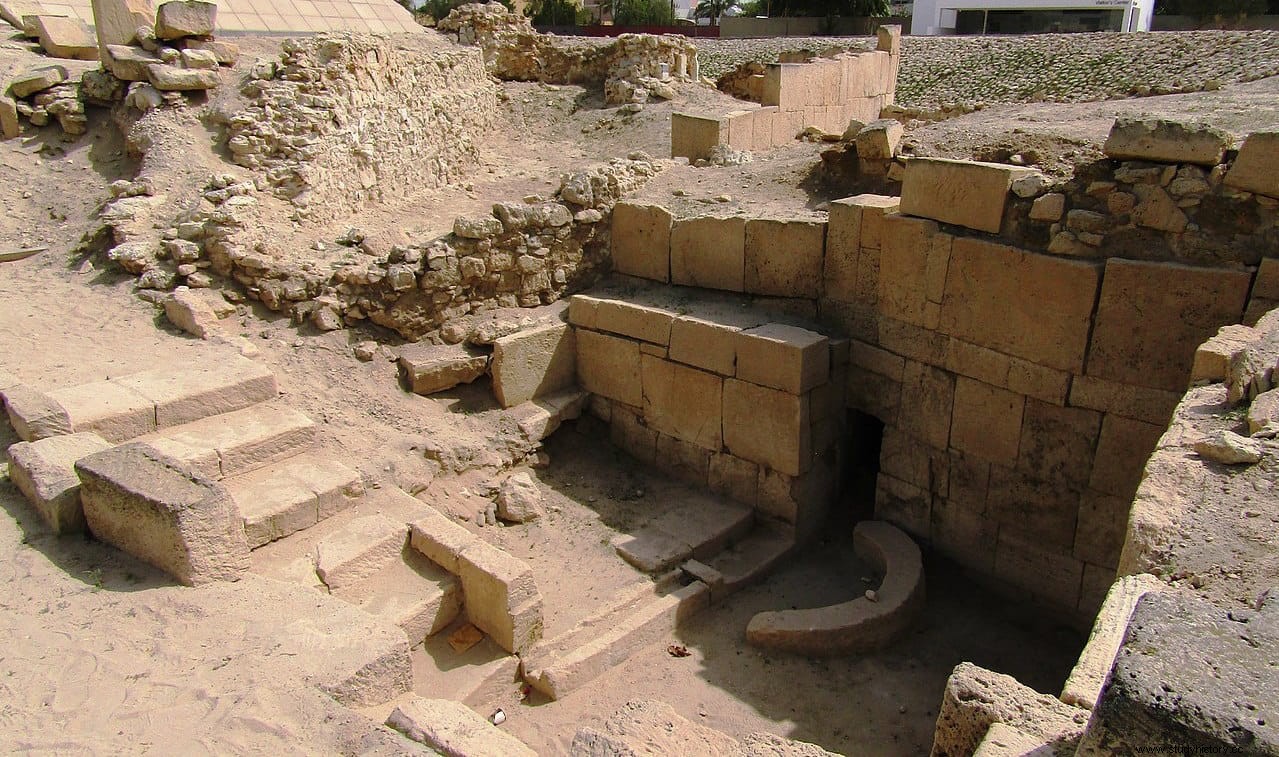
The later Enuma Elish Babylonian points to the place of creation as the one where the mixture of salt water, personified as Tiamat, met and mixed with the fresh water of Abzu. And precisely Bahrain means in Arabic the twin waters . And the hero Gilgamesh also visited the land of Dilmun, after crossing Mount Mashu, the mythical mountain where the sun rose and behind which was the path that led to Dilmun.
Gilgamesh was probably a historical king of the summary city-state of Uruk, later deified. His rule would have taken place at the beginning of the Archaic Dynastic Period (around 2900-2350 BC), precisely the time of the construction of the Barbar temple. Later, he would have become the mythological character of the Sumerian legend during the Third Dynasty of Ur (around 2112-2004 BC)
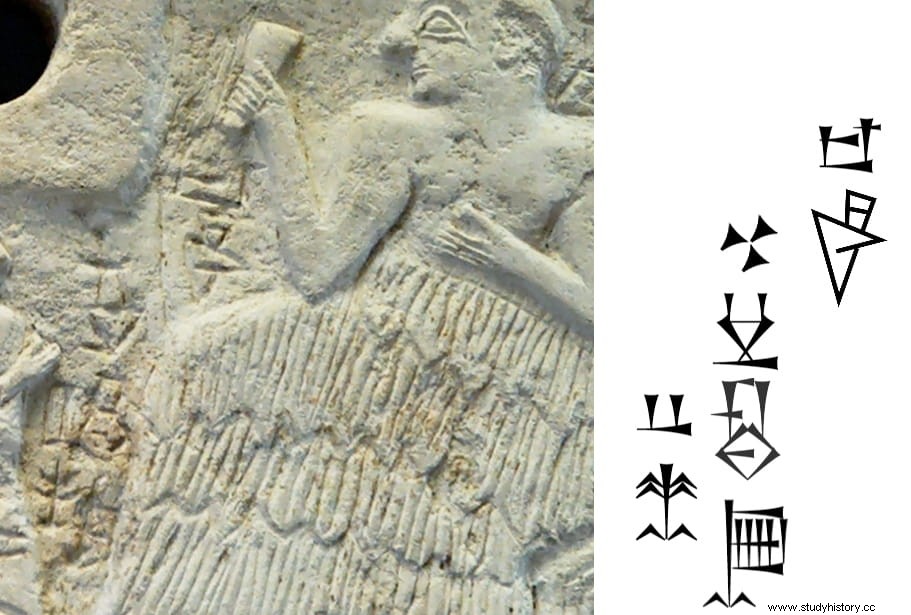
However, not everyone agrees to place the mythical Dilmun in Bahrain. Researcher Noah Kramer, for example, believes that Dilmun was none other than the Indus civilization. Others believe that Dilmun extended to the east of present-day Saudi Arabia, Bahrain, and Kuwait. In 1987 Theresa Howard-Carter proposed that Dilmun would be in present-day Iraq, around present-day Shatt al-Arab, the 200-kilometer-long river formed by the confluence of the Tigris and Euphrates.
In any case, Dilmun was an important commercial center from the end of the fourth millennium until 800 BC. She is first mentioned on cuneiform clay tablets from the late third millennium BC, found in the temple of the goddess Inanna at Uruk. Also in the inscription of King Ur-Nanshe of Lagash (c. 2300 BC), where it reads:Dilmun's ships brought him wood as tribute from foreign lands .
